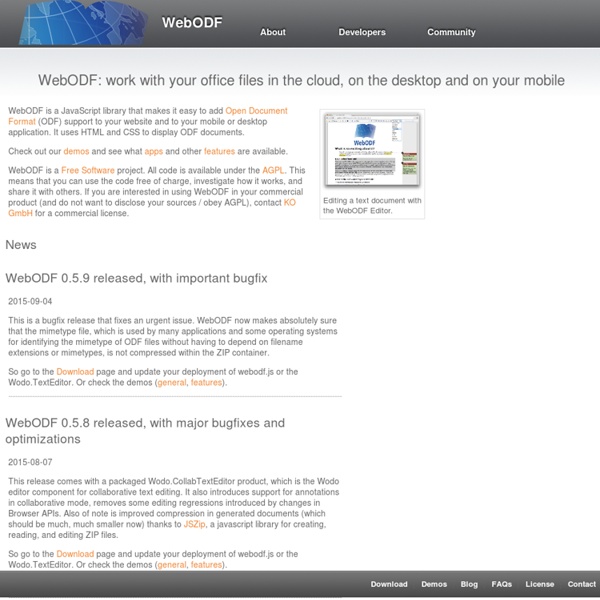



Lea-Linux Etherpad Foundation - Live Document Collaboration Ubuntu Genius's Blog ownCloud.org | Your Cloud, Your Data, Your Way! Rappels utiles Linux Tech Data Cloud Security and privacy - Google Apps Help Parmi les types de questions que nous recevons au sujet de Google en général et de Google Apps en particulier, les deux plus fréquents concernent la sécurité et la confidentialité. Nous attachons une grande importance à ces sujets et sommes convaincus que nos offres sont fiables sur ces deux plans. Toute notre activité repose sur la confiance que nos utilisateurs nous accordent, qu'il s'agisse de la sécurité de leurs données, ou de la confidentialité des informations qu'ils placent sur nos systèmes. Ces données ne sont pas communiquées à des tiers et sont utilisées de manière appropriée. Afin de répondre à certaines des nombreuses questions qui nous sont posées et de dissiper certaines idées fausses, nous avons créé cette FAQ et un site sur la sécurité de Google Apps. Si vous avez besoin de nous signaler un cas d'utilisation abusive, merci de consulter cette page d'informations pour en savoir plus. Confidentialité Pour faire court, Google n'est pas propriétaire de vos données. Sécurité
Gmail to Unveil New Interface to Help Fight Information Overload Google's excellent webmail app Gmail appears set to relaunch with a new interface, according to a video caught on the company's YouTube channel by long-time watchdog Alex Chitu this morning. The new version of Gmail looks a lot like the recent refresh of Google Docs, but adds big avatar photos of your contacts to your inbox display and surfaces advanced search functionality through a simple interface, among other changes. The new email reply interface looks like comment posting on Facebook. The YouTube video has now been closed to the public, but Chitu grabbed screenshots that we've reposted below. The introduction of contact avatars is something that the Gmail mobile Web client began several months ago but will be much more meaningful in a full size Web app. The new interface for replying to emails looks much more lightweight as well. The advanced search interface is very nice as well. Contacts and tasks links are no longer displayed on the very top of the interface.